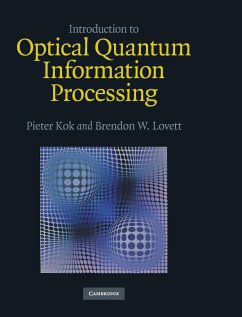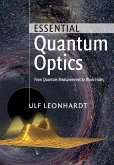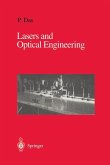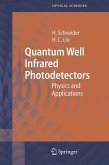Quantum information processing offers fundamental improvements over classical information processing, such as computing power, secure communication, and high-precision measurements. However, the best way to create practical devices is not yet known. This textbook describes the techniques that are likely to be used in implementing optical quantum information processors. After developing the fundamental concepts in quantum optics and quantum information theory, the book shows how optical systems can be used to build quantum computers according to the most recent ideas. It discusses implementations based on single photons and linear optics, optically controlled atoms and solid-state systems, atomic ensembles, and optical continuous variables. This book is ideal for graduate students beginning research in optical quantum information processing. It presents the most important techniques of the field using worked examples and over 120 exercises.
'The discussion of cluster state protocols and conditional optical gates is the clearest I have seen. The text includes embedded exercises for the reader, carefully constructed to illustrate important principles. ... The authors make every effort to connect the abstract theory with current experimental practice. ... As optics will necessarily form a part of future quantum information processing networks, this book is required reading for anyone wishing to stay abreast of the ongoing effort to make quantum computing a reality.' Gerard J. Milburn, Centre for Quantum Computer Technology, the University of Queensland








